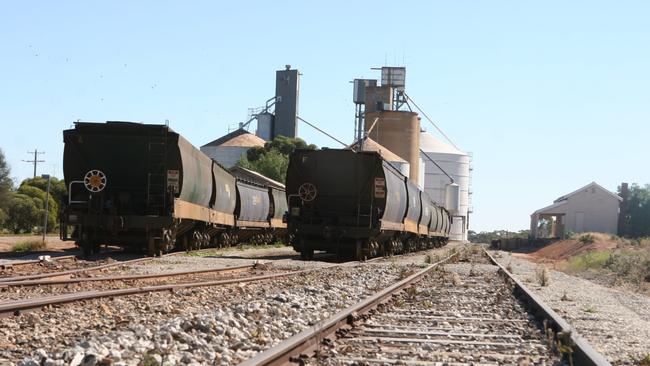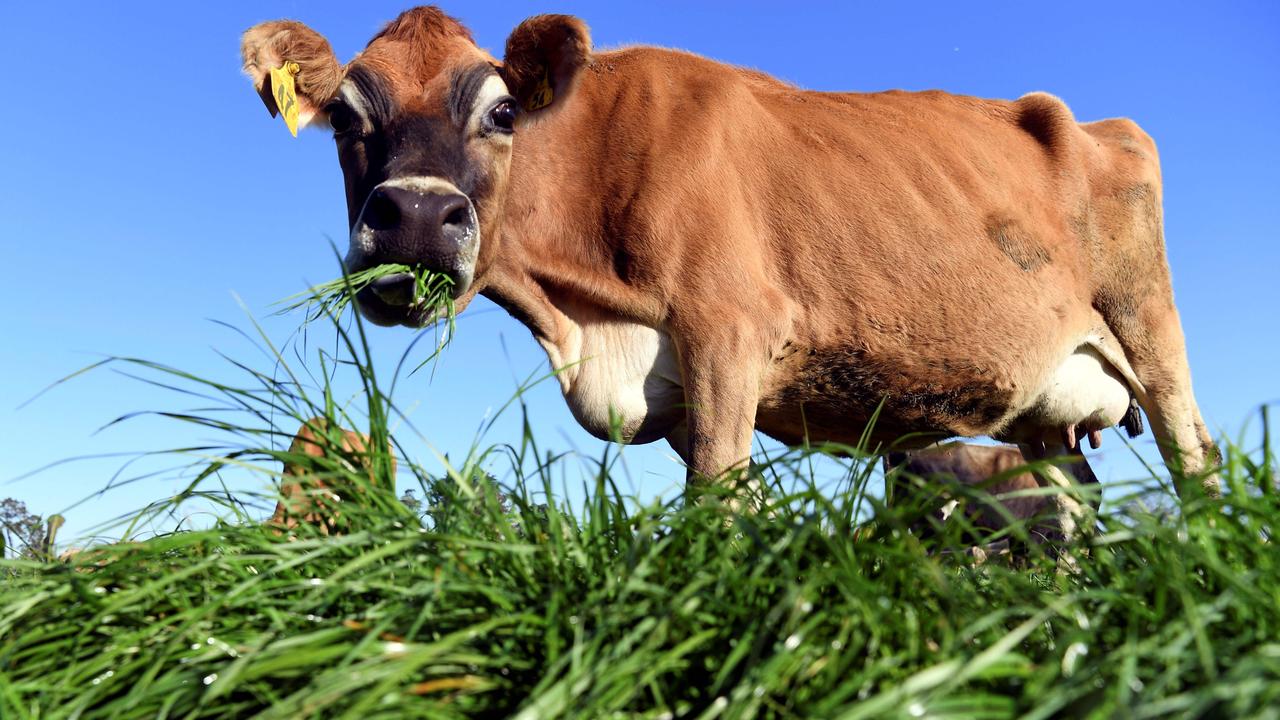Murray Basin Rail fails farmers: Auditor slams Andrews Government’s poor governance
Transport Infrastructure Minister Jacinta Allan’s poor oversight of the $440 million Murray Basin Rail Project has been exposed by the Victorian Auditor-General.

THE Murray Basin Rail Project has “not yet improved rural freight outcomes in a timely and costâ€efficient way”, despite $440 million of tax payers' money being poured into it.
That’s the message from the Victorian Auditor‐General’s Office audit of the project, which has highlighted “governance arrangements for the MBRP have been suboptimal”.
The project, which has been overseen by Transport Infrastructure Minister Jacinta Allan, has been plagued with problems, with just half the works completed by the time it ran out of funds last June.
Work to upgrade and convert the Sea Lake and Manangatang lines from broad to narrower standard-gauge track have been abandoned, and eight-months on Ms Allan has still not lodged a business case with the Federal Government to seek more funding.
VAGO also found only 86.7 per cent of the $440 million budgeted for the MBRP had been spent by the start of this year, with $58.5 million still sitting in the kitty.
In July last year The Weekly Times highlighted concerns the Andrews Government was hiding how much it had spent, despite Ms Allan stating the Government had “fully funded its $220 million contribution to the Murray Basin Rail Project”.
The VAGO audit found constant changes of management, with “different agencies responsible for different elements of the project over time” led to “patchy corporate memory for the planning and delivery of the project”.
“It has also diffused senior officer accountability for project outcomes due to the many changes of key personnel since the project started.”
Ultimately VAGO found the MBRP and complementary $130 million Freight‐Passenger Rail Separation Project “have not met scope, time, cost or quality expectations”.
“These projects are late and will require a considerable injection of new funds if
their intended outcomes are to be fully realised.”
VAGO identified deficiencies in project planning, cost estimation and scoping by the Department of Transport’s predecessor agencies.
“V/Line Corporation’s (V/Line) inadequate contract and project management has also contributed to project delays and cost overruns for the MBRP Stage 2 works,” VAGO reported.
During this audit, a major rail freight operator asserted that the MBRP had reduced their operational flexibility.
To support this, they provided examples of decommissioned wagon storage sidings and removal of a passing loop at Maryborough Yard which, in their view, had reduced the number of trains and wagons that can stage or pre‐position through the network.
VAGO called on DoT and V/Line to address a range of technical challenges to put the project back on track:
DUE to a pause in re‐gauging the rail from Maryborough to Gheringhap (via Ballarat and the inland route to Geelong), rail freight users face a route from Mildura/Yelta to port that is now 128km longer than the original broad‐gauge route.
THE route to key export ports has a 19‐tonne axle loading (TAL) restriction for most standard gauge operators using the network, even though the MBRP project business promised to increase axle loads to 21 TAL. At present, 21 TAL is only achievable in specific technical wheel size and wagon configurations due to the limitations of the Ararat to Maryborough track section.
THE Ararat to Maryborough track section was substantially rebuilt during the MBRP Stage 2 works using mainly legacy rail. As a result, this track remains at the class 4 rating, the same as when the line last ran in the early 1990s. Under V/Line’s standards, this old rail requires lower line speeds for the section from Avoca to Ararat and low axle loads (19 tonnes) for the
standard gauge rolling stock used by most rail freight operators. This represents a significant missed opportunity to have improved this section of the line by including fit‐for‐purpose rail in the original costings and scope.
REMAINING temporary speed restrictions, particularly on the Ararat to Maryborough section, are causing slow track speeds in some sections.


